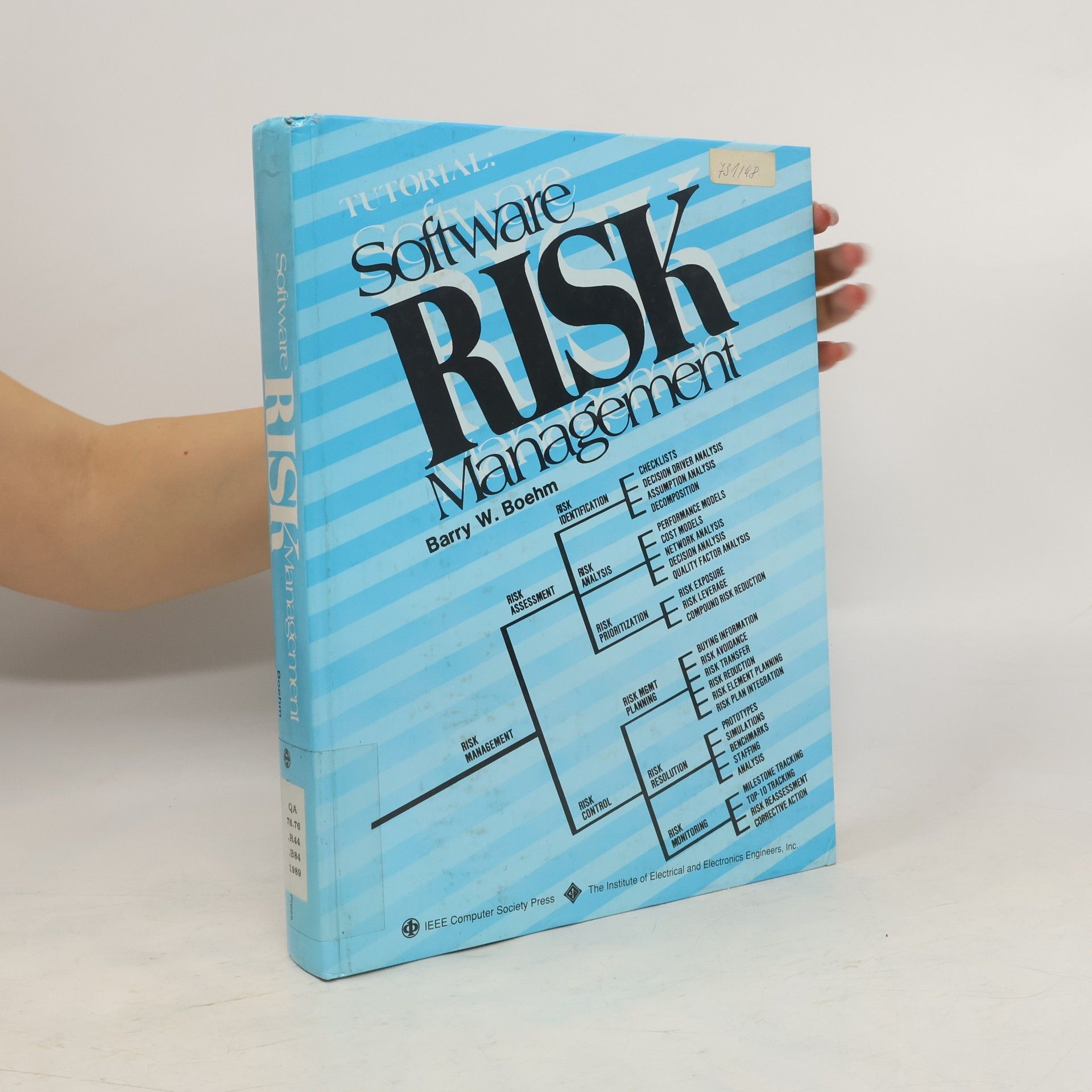"Balancing Agility and Discipline" begins by defining the terms, sweeping aside the rhetoric and drilling down to core concepts. The authors describe a day in the life of developers who live on one side or the other. Their analysis is both objective and grounded, leading to clear and practical guidance for all software professionals.
Barry W. Boehm Livres



Focuses on identifying the major sources of risk on a software project; understanding the essential concepts and techniques involved in software risk assessement and control; and applying these concepts and techniques to practical day-to-day software project situations. No index. Annotation copyright Book News, Inc. Portland, Or.